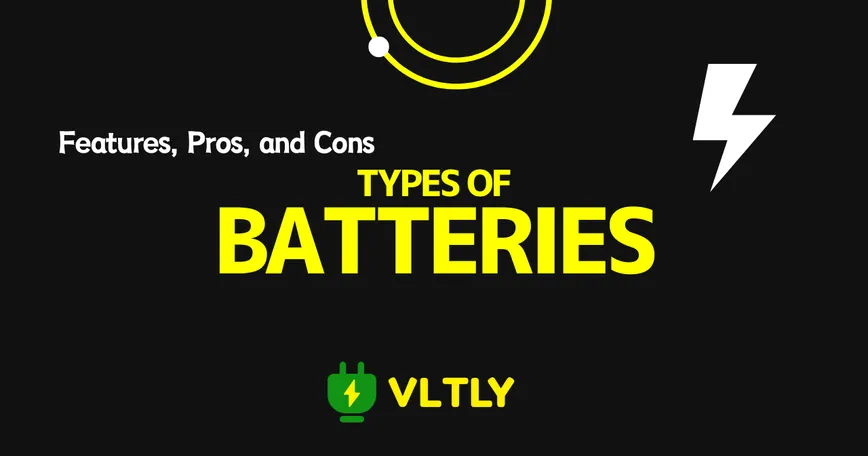
Battery Types and Their Pros and Cons
This article provides a comprehensive overview of the different types of batteries used in devices like portable power supplies, highlighting their characteristics, pros, and cons.
Posted at: 2024.7.30
Types and Features of Batteries
Lithium-Ion Battery
Lithium-ion batteries are arguably the most widespread battery type today. They are characterized by high energy density, lightweight, long lifespan, and low self-discharge, making them suitable for various products, including mobile devices and home appliances.
Their advantages include miniaturization and numerous charge cycles. However, they are expensive to manufacture and have risks such as performance degradation and fire hazards in high-temperature environments.
Recently, lithium iron phosphate (LiFePO4) batteries, which reduce the risks associated with lithium-ion batteries, have been introduced, offering improved price and performance.
Lead-Acid Battery
Lead-acid batteries are well-known for automotive use. They offer low cost and stable performance, but their drawbacks include high self-discharge, short lifespan, and heavy weight.
The significant downside is the weight, making them less suitable for applications where portability is a concern. They are primarily used in applications like automotive batteries where weight is less of an issue.
Additionally, they require regular maintenance, such as checking liquid levels and refilling, which is another disadvantage.
Nickel-Metal Hydride Battery
Nickel-metal hydride batteries are mainly used in rechargeable batteries. They have relatively low environmental impact and are inexpensive to manufacture, but they suffer from high self-discharge and low energy density, making them suitable for devices with lower battery capacity requirements.
Comparison of Battery Characteristics
Let's summarize and compare the characteristics of the different batteries discussed.
| Type | Energy Density | Weight | Lifespan | Self-Discharge | Cost | Safety | Environmental Impact |
|---|---|---|---|---|---|---|---|
| Lithium-Ion | High | Light | Long | Low | High | Risk of fire in high temperatures | Difficult to recycle |
| Lead-Acid | Low | Heavy | Short | High | Low | Relatively safe | High environmental impact due to lead |
| Nickel-Metal Hydride | Medium | Medium | Medium | High | Medium | Relatively safe | Relatively low |
It is clear that lithium-ion batteries have many advantages, which is why they are the dominant battery type today. Specifically, lithium iron phosphate (LiFePO4) batteries overcome many weaknesses of traditional lithium-ion batteries, making them increasingly popular in applications like portable power sources.
It is said that the next-generation all-solid-state batteries will become common in about ten years. Until then, lithium iron phosphate batteries will likely be the mainstream for portable power sources.